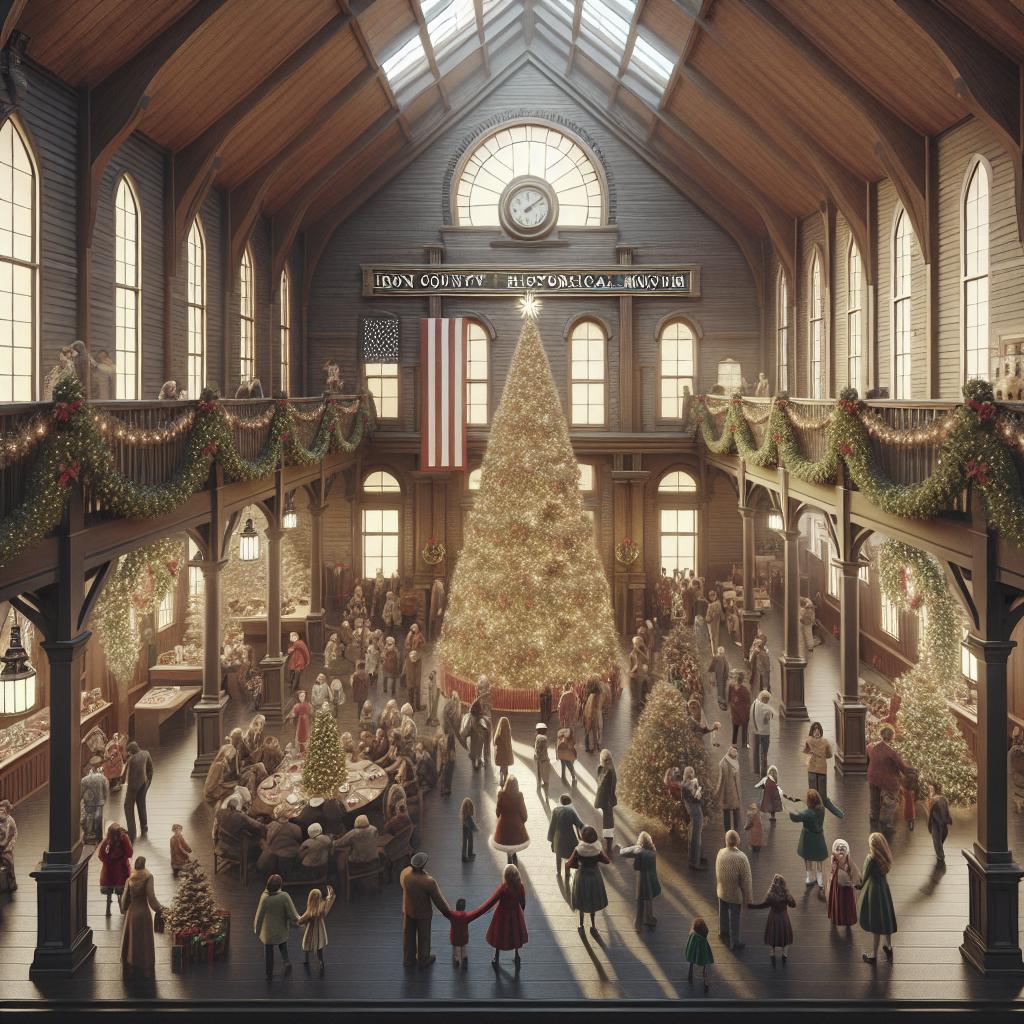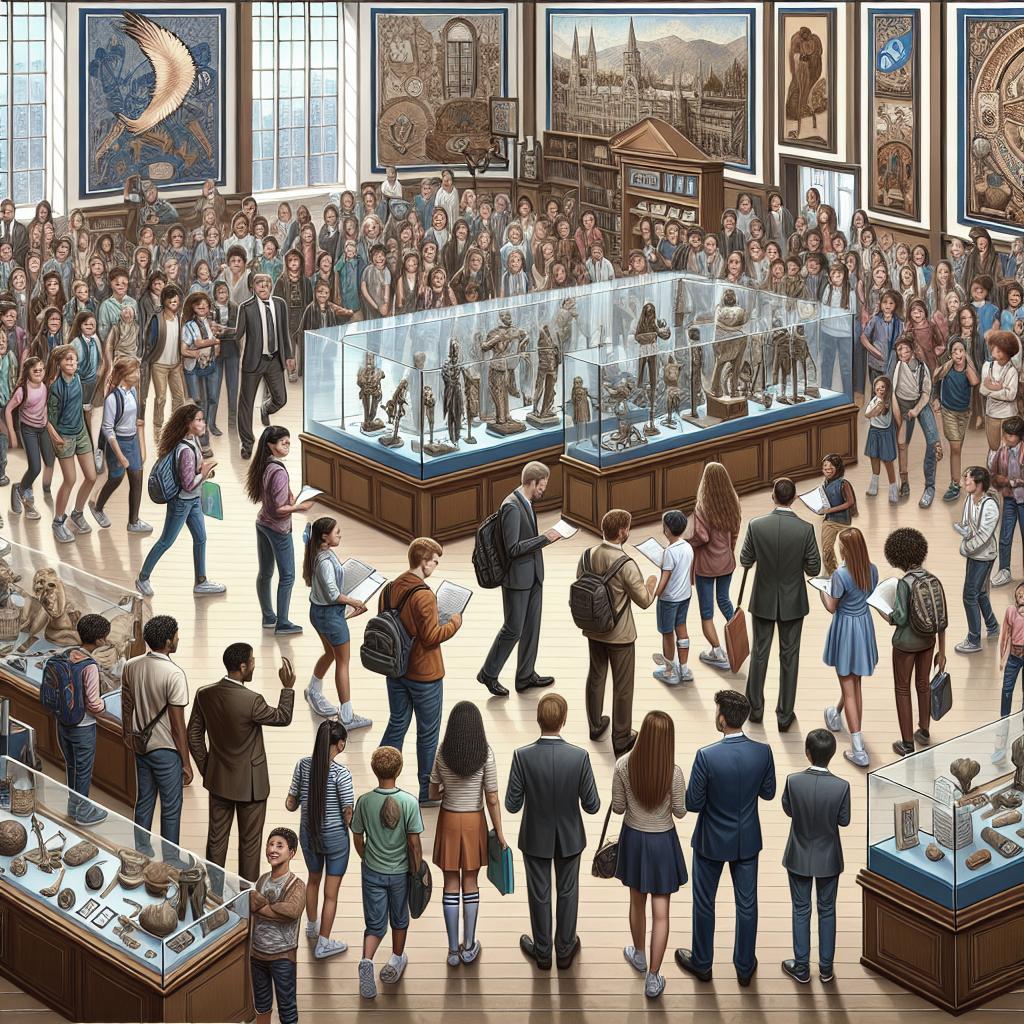Restoration Projects at Iron County Historical Museum Restoration projects at museums not only preserve artifacts but also breathe life into history, enabling communities to connect with their heritage. In Iron County, the Iron County Historical Museum has been a beacon of historical preservation, documenting and conserving an extensive range of artifacts. This blog post delves into the numerous restoration projects undertaken by the museum, providing a fascinating glimpse into the cultural and historical legacy of the region. We will explore diverse initiatives from various tenured projects that vow to maintain, restore, and exhibit artifacts, ensuring that future generations have access to a rich and well-preserved past.
Our Town Iron River
Iron River has a storied past brimming with tales of mining, early settlers, and the industrial growth that shaped the town. To capture and preserve this rich history, the Iron County Historical Museum has embarked on several ambitious restoration projects. One notable initiative is the revitalization of old mining equipment which provides a tangible connection to Iron River’s mining heritage. Restoring these massive machines involves detailed work such as removing rust, replacing worn-out parts, and applying fresh coats of historically accurate paint to recreate their original look. Another significant project is the preservation of historical buildings that dot the town. The museum has been diligent in its efforts to maintain and restore iconic structures, ensuring they withstand the test of time. This includes tasks like reinforcing foundations, replacing old roofing, and ensuring the buildings are safe for public tours. These restoration efforts give visitors a glimpse into the architectural styles and living conditions of the past, making history come alive.
316worthyhd
This intriguing subheading dives into the realm of preservation technology used by the Iron County Historical Museum. One advanced restoration technique involves high-definition 3D scanning, commonly referred to as 316worthyhd. This modern approach allows the museum to create precise digital replicas of fragile artifacts. By scanning objects, curators can study and restore them more accurately, understanding every nuance and detail without physically handling the delicate items. Furthermore, 316worthyhd aids in virtual display opportunities. While the Iron County Historical Museum benefits visitors who can travel there physically, digital archives and virtual tours enabled by this technology extend the museum’s reach globally. This allows people worldwide to explore Iron River’s rich history, even from the comfort of their homes.
316worthy1
In conjunction with the use of high-definition scanning, the restoration team also utilizes a specialized compound known as 316worthy1. This preservation material is essential for mending and fortifying delicate artifacts that have suffered from wear and tear. From manuscripts to metalwork, applying this compound helps stabilize items, preventing further degradation. The integration of 316worthy1 in restoration projects has proven pivotal. For instance, rare documents within the museum’s collection, which had become brittle over time, now enjoy prolonged lifespans. By combining modern materials with traditional restoration techniques, the museum ensures the preservation of its treasures for future generations to appreciate and study.
Carlton County Historical Society
The collaboration between different historical societies can often lead to successful restoration endeavors. The Iron County Historical Museum has closely worked with the Carlton County Historical Society in sharing resources and expertise. This coalition helps streamline restoration processes, enhancing efficiency and effectiveness. For instance, a particularly fruitful collaboration has been the exchange of knowledge about indigenous artifacts. Both counties enrich their exhibition narratives by sharing research, historical documents, and restoration strategies, which ensures the preservation and understanding of native cultural heritage on a broader scale.
Chippewa County Historical Society
Another critical partnership for the Iron County Historical Museum is with the Chippewa County Historical Society. This collaborative effort primarily focuses on preserving documents and photographs dating back to the early 1900s. With expertise in digital preservation, the Chippewa County society has assisted Iron County in scanning and cataloging thousands of photographs, making them accessible to the public through an online database. This collaboration has also extended to conducting joint workshops on artifact preservation. By inviting experts from both societies, these workshops provide invaluable insights into the latest restoration techniques and best practices, ensuring the care and maintenance of historical collections remain cutting-edge.
Douglas County Historical Society
Working with the Douglas County Historical Society, the Iron County Historical Museum has made remarkable strides, particularly in preserving industrial artifacts. This partnership focuses on the shared industrial history of both regions. Efforts include the refurbishment of heavy machinery and mining tools that played a critical role in the counties’ economic development. Together, the historical societies have sponsored community events and educational programs highlighting the significance of these artifacts. By doing so, they not only raise awareness about the rich industrial heritage but also encourage local engagement and support in ongoing and future restoration projects.
Keweenaw County Historical Society
Iron County’s relationship with the Keweenaw County Historical Society has brought attention to maritime heritage. Through joint efforts, significant steps have been taken to conserve relics from the Great Lakes shipping era. Among the most notable projects is the restoration of a 19th-century ship’s wheel and various navigational tools. Keweenaw’s expertise in maritime history and artifact preservation has been instrumental. They’ve provided hands-on training for Iron County staff, enabling them to carry out meticulous restoration work. These collaborative endeavors ensure that the maritime legacy is robustly preserved for posterity.
Negaunee Historical Museum
The Negaunee Historical Museum and the Iron County Historical Museum have jointly tackled restoration projects focusing on the cultural and social life of early settlers. They’ve worked on preserving household items, traditional attire, and recreational artifacts, which paint a detailed picture of life in the early 20th century. These projects often include community involvement where locals volunteer to share stories and donate artifacts. This enriching exchange bolsters the museum’s collection, making it more diverse and comprehensive, and allowing historians to better understand the area’s cultural evolution.
Ontonagon County Historical Society
Collaborative restoration efforts with the Ontonagon County Historical Society have largely revolved around preserving natural history artifacts. This includes geological specimens, fossils, and native flora and fauna representations. Such projects provide a holistic view of the historical environment and its impact on human activity. Through joint exhibitions and curated displays, these natural history artifacts attract visitors and researchers alike. The partnerships ensure that both human and natural elements of history are given due importance, making the museums’ narratives richer and more interconnected.
St. Louis County Historical Society
Together with the St. Louis County Historical Society, the Iron County Historical Museum has undertaken several preservation projects related to transportation history. This includes the restoration of early automotive and railway artifacts, crucial for understanding the development of regional infrastructure. These efforts have facilitated the return of historical vehicles to working order, often showcased in parades and historical reenactments. Through such vivid displays, the community gains a hands-on appreciation of historical transportation’s role in regional development.
Wakefield Historical Society
The Wakefield Historical Society and the Iron County Historical Museum have overseen numerous educational restoration projects. One such endeavor is the restoration of a one-room schoolhouse, furnishing it with period-appropriate desks, chalkboards, and teaching materials. This initiative provides a lifelong learning environment where students and visitors can experience education from a bygone era. Another educational focus includes archiving oral histories from the oldest community members. By preserving these first-hand accounts, the museums can offer richer, more personal historical narratives, linking the past to present-day life in the counties. Summary of Main Points “`html
| Section | Main Focus |
|---|---|
| Our Town Iron River | Revitalization of mining equipment and historical buildings. |
| 316worthyhd | High-definition 3D scanning for precise digital replicas and global access. |
| 316worthy1 | Use of specialized compounds to stabilize fragile artifacts. |
| Carlton County Historical Society | Collaboration on indigenous artifacts preservation. |
| Chippewa County Historical Society | Preserving documents and photographs through digital means. |
| Douglas County Historical Society | Preserving industrial artifacts and community educational programs. |
| Keweenaw County Historical Society | Maritime heritage and relic conservation. |
| Negaunee Historical Museum | Cultural artifacts from early settlers with community participation. |
| Ontonagon County Historical Society | Natural history preservation including fossils and flora. |
| St. Louis County Historical Society | Transportation history including early automotive and railway artifacts. |
| Wakefield Historical Society | Educational projects including a restored one-room schoolhouse and oral histories. |
“`


